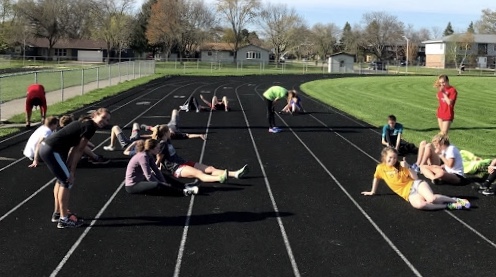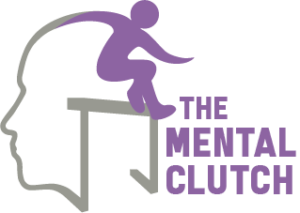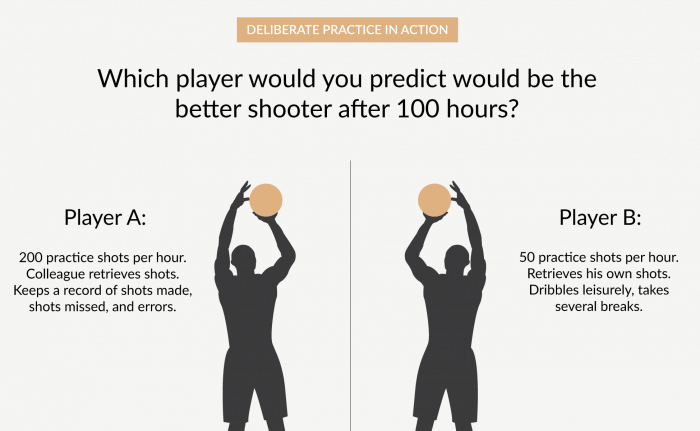This year I had the opportunity to be a part of the coaching staff for a high school track and field team. I coached collegiately with sprinters and relays for a year and really enjoyed it, so this opportunity definitely piqued my interest.
However, here was the catch; due to the lack of coaches, I will need to pick up a field event. I was always a sprinter, mainly the 400-meter dash. The only field event I attempted was high jump for about two years in high school, and I attempted it rather pathetically might I add.
My options were: pole vault, high jump, throws, or long & triple jump.
This was my thinking process:
- Throwing and sprinting does not have much relation to one another.
- The high jump was something I at least tried, but I don’t know how to coach it.
- Pole vault – what if I kill someone?
- Long and triple jump, hey at least there’s sprinting involved!
I found out that one of the coaches was a high jumper so I removed that one from my list of potential options and decided to take on horizontal jumps.
I highly encourage and talk to others about the importance of getting out of your comfort zone. Well, here I was DEFINITELY out of my comfort zone being the long and triple jumps coach. In the minimal spare time I did have I found myself researching the event. I read articles about the different phases, the different styles of starting, and the landing components. Then came the drills and technique drills – wow there were so many! How was I ever going to decide what would be best?
Well, I had to look inside and reflect on what type of coach I actually wanted to be for these kids. I wanted to share the 10 pillars of my coaching philosophy that I established with you. I also wanted to share my coaching triumphs and failures along the way, because let’s be honest; coaching is not as easy as people may think.
- Connecting before Coaching:
Since I was still new to the long and triple jump, I cared more about trying to get to know my athletes rather than teaching them all of the skills of the jumps. The ways I reached out to connect and show them I care was getting to know their name, which for me was hard-work because I do not have the best memory with names I would also ask about how school was going, got to know their interests outside of track, and introduced myself to their parents and families at meets. I knew I wasn’t going to be able to impress them with my lack of knowledge of the jumps, so instead, my focus was on connecting with my athletes before I actually coached them.
2. Less is more:
The jumps, especially triple jump, has so many components to it that it’s confusing as a coach to even learn. How was I going to teach all of it to my jumpers? Instead of bombarding them with a lot of information I wanted to keep it simple. I referred to the KISS method, which means Keep It Simple Stupid, for my coaching philosophy. Less is more in my mind and I wanted to target only a few key drills. If we could consistently work on only a few parts of the jumps, then the athletes could master those before learning the rest. I would rather by very strong in certain phases, rather than being mediocre in all phases. Besides, high school track is already a short season and I did not have a lot of time with them.
3. Make it fun:
If the athletes are not enjoying their event or having fun at practice and meets, then what’s the point? Constantly being criticized or yelled at is what makes athletes quit, not better. Some rules I had to keep it fun was to never yell at my athletes, always provide positive and constructive feedback, and to not take it so seriously. This is high school after all, not the Olympics. Yes, I’m a competitive person and want my athletes to succeed, but that’s not my sole focus. I’d rather have them enjoy what they’re doing and perform poorly than hate what they’re doing and perform well. Plus, the more fun that they have, the better they’ll perform in my book!
4. Mindset Matters:
My educational background includes an MA in Sport and Exercise Psychology, so mindset is huge for me. I always wanted to know what was going on inside of my athlete’s minds before, during, and after their performance. Checking in with where they are mentally was crucial and I often asked them what they’re thinking about or what self-talk they were having. I also did a lot of goal-setting, which I think is important because it directs their motivation and helps me as a coach to understand what they wanted to achieve. The very first practice I also asked all jumpers why they wanted to jump to understand their purpose and reasoning for being a jumper. I think that this is important for me as a coach to realize because it can help me understand what can motivate them and understand them a bit more.
5. Focus on the positives:
I’m naturally a pretty positive person, and I definitely believe in the power of positivity. I wanted to drive this home with my athletes and bring it to the forefront of my coaching style. I understand that in sports everything can’t be rainbows and unicorns, but there is good in every practice and every meet. Every time I offered feedback I tried to use the sandwich approach, which means I would start with something they did well then add in the constructive feedback before ending with another positive. I also had the athletes tell me what went well at practice for each day. There were some days I forgot to bring it up before practice was over, but I attempted to do it often so that they could also try to find the positives in each day. After their performance at meets I would also make them tell me something that went well, even if they were extremely frustrated with their performance. This makes them get out of their anger to focus on what they actually did well.
6. Be honest and open:
As Brene Brown says, there is no courage without vulnerability. I also believe in being honest and open by being willing to be vulnerable with your teams. Showing vulnerability teaches your athletes that you are also a regular person who makes mistakes, messes up, and forgets things. I would often do this by telling them right off the bat that although I have a lot of experience with track and field as an athlete, I was never a long or triple jumper and am still learning. I wanted them to know that although I am unfamiliar with their event, that I am passionate about making them better and that I am learning everything I can to be the best coach I can be for them. I think showing this vulnerability to them helped them connect to me more, and it also allowed for them to teach me about their field event as well, which created leadership moments.
7. Provide autonomy:
The top 3 factors that create intrinsic motivation include competence, relatedness, and autonomy according to the self-determination theory. I highlighted autonomy by being able to give them moments in and outside of practice where they had control and a choice. I would create ownership by asking them what they wanted to work on at practice, what drills they liked, and also what they didn’t like. I wanted to create an environment that supported honest feedback so that they could add in their input and opinions. I also increased autonomy by creating the SP GRIT awards, which is an acronym of the team’s values After each week they were able to nominate and vote for an athlete who upheld the values the best.
8. Develop leaders:
Since I was stilling figuring out what I was doing as a coach, I wanted to create strong leaders within the jumps crew to help the team and myself. I also wasn’t at practice some days and I wanted to trust that certain athletes could lead practice effectively without me there. I would establish leaders by having athletes demonstrate certain drills, assign older athletes to help out and support the younger athletes, and to lead practices in my absence. It’s important as a coach to find leadership moments, no matter how small, to build strong leaders on your team. I was fortunate enough to have three amazing seniors in my jumps crew who were some of the most trustworthy, kind, welcoming, helpful, and strong leaders I’ve seen.
9. Continuous learning:
I think it’s important to always be learning, whether it’s from someone else, with each other, or teaching someone else what you know. I was constantly learning throughout the season about how to coach high schoolers, how to coach jumps, and how to connect with my athletes. I would learn from my own athletes, from other coaches, and from my colleagues and friends. I would pull helpful tips and information from others, watch many videos, read several articles, and even have other professionals come in and work with my team. I was able to connect with an awesome coach from the Milwaukee area who was willing to share his time with my team by coming to practice and teaching my athletes, and myself, drills for the long and triple jump. This also showed my team that although I didn’t know much when it came to jumps, I was willing to learn and still offer opportunities for them to learn and grow.
10) Join in with them:
I always appreciated as an athlete when the coach was physically able and willing to demonstrate the drills themselves. Even though I wasn’t a jumper, I would attempt to do what I wanted them to do in order to show them what I am looking for. Sometimes it went well, other times I humiliated myself, which also increased my connection with the athletes because we had something to laugh at. I learned a lot about jumps about doing the drills because I had a sense of what it felt like to actually do it and also helped me to figure out what I wanted to look for. If I am unwilling to try it, why should I expect them to do it? One day I was feeling athletic and courageous and joined in on one of the lactic acid workouts. It boosted my credibility, but wow did I hurt for several days afterward!

Whether you’re a coach, parent, or athlete I encourage you to reflect on your philosophy for what you do and why you do it. For me, it’s the joy of seeing others improve both physically and mentally while doing something that they enjoy.
This year was a blast coaching and I look forward to continue coaching next year, and hopefully many years to come!


